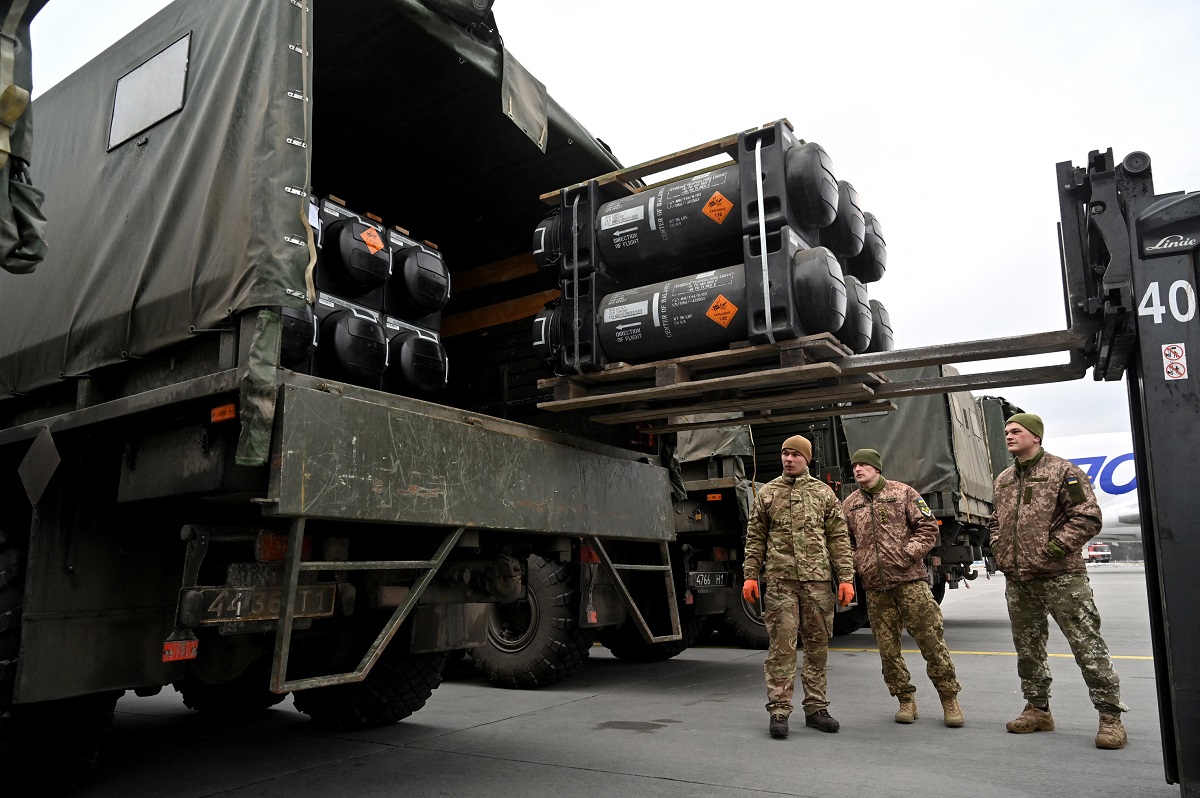ARTICLE AD BOX
What kinds of weapons Iran used to strike Israel on Tuesday night? Iran has an arsenal of ballistic and cruise missiles and drones, which have been used in the recent past to target Israel. It is believed nearly 200 ballistic missiles were fired by Iran on Tuesday night.
Let's focus on that for a moment. Now, Iran operates for starters a 300-km range missile called the Shahab-1. That's a relatively short-range missile which cannot hit Israel. It can only strike targets in a region well away from Israel.
Another missile is the Fateh missile which flies between 300 and 500 km. Again, that missile doesn't have the range to hit Israel.
The other missile is the Shahab 2, which has got longer legs - 500 km, but still out of range to hit targets in Israel.
The Zolfaghar missile can just about touch Israel. It has got a range of 700 km, so parts of Israel can just about be targeted by this missile.
VIDEO | Iran Launching Hundreds Of Ballistic Missiles At Israel
There is a missile called Qiam-1 with a range of 750 km, or 50 km more than the Shahab-2. It is a relatively more advanced missile and can target a few more areas, but not deep inside Israel.
But there is the Shahab-3 with a range of 2,000 km which can quite easily strike all of Israel. In fact, it can strike many areas in the region. So that's the missile, variants of which may have been actually used in Tuesday's attacks.
But Israel has the world's most sophisticated ballistic missile defence systems. It's a tiered defence system, which was clearly breached last night. Videos show Iranian missiles hit Tel Aviv. Iran also released videos of the ballistic missiles being launched from its territory.
What we don't know is how many of these missiles hit their targets and whether some of the impacts were fragments of missiles coming down after they were intercepted by the Israeli missile shield. While we do talk about Israeli surface-to-air missiles (SAMs) being fired in defence, we really need to take a look at the distance that these interceptor SAMs travelled and the altitude they reached to take out Iranian ballistic missiles.

READ | "Captain, Aged 22...": Israel Says 1st Soldier Killed In Lebanon Combat Ops
For starters, let's talk a little bit about Israel's Arrow system. It is a part of a system, so the word missile and system are used interchangeably. Now, when one talks about SAM systems, you have to talk about the range and the altitude it can reach.
Israel's Arrow system can intercept incoming ballistic missiles in the exosphere, just outside the atmosphere. It has a range of 2,000 to 2,400 km. It can fly to an altitude of a whopping 100 km; perhaps it's the most advanced system of its class in the world.
There were other systems presumably used to intercept Iranian missiles last night. Let's look at the next one, which is David's Sling system. It can fly to a range of 300 km and an altitude of about 15-odd km in making interceptions.
And finally, what we all talk about is the Iron Dome. It's a relatively short range missile system. In fact, when one speaks about what Israel has, people say it's the Iron Dome in action. But the Iron Dome is a part of the entire missile defence tier and the last line of defence. It can fly to an altitude of 10 km and has a range of about 70 km. It's not optimally suited to take out ballistic missiles. It is better equipped to take on short-range rockets of the type Hamas and Hezbollah have been firing.
Obviously, there have been breaches of the system as well. But many lives have not been lost and the damage primarily is believed to be at Israeli military bases.
The big question is will there be an Israeli response, and when would it happen?
.png)
 1 month ago
1
1 month ago
1








 English (US)
English (US)